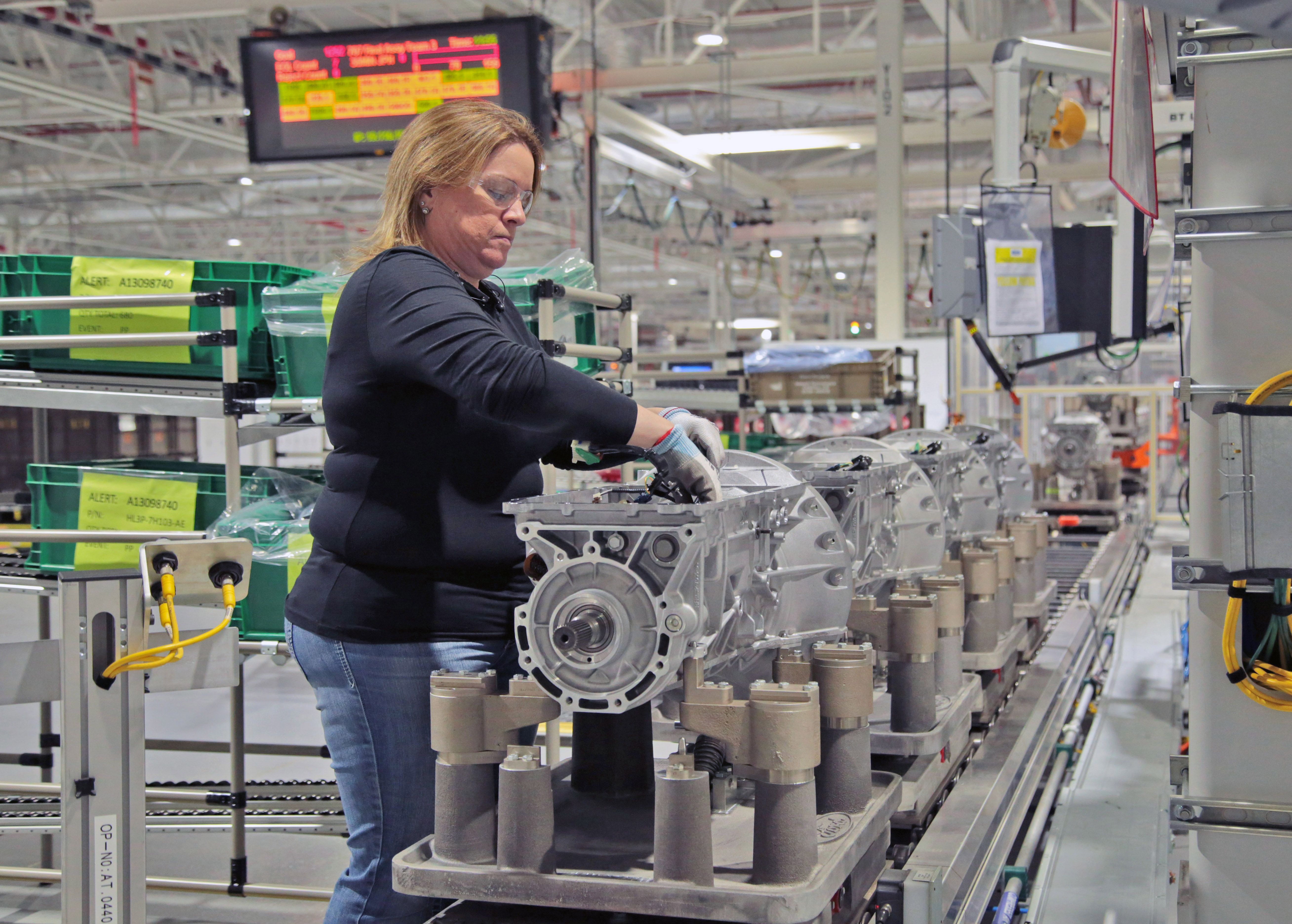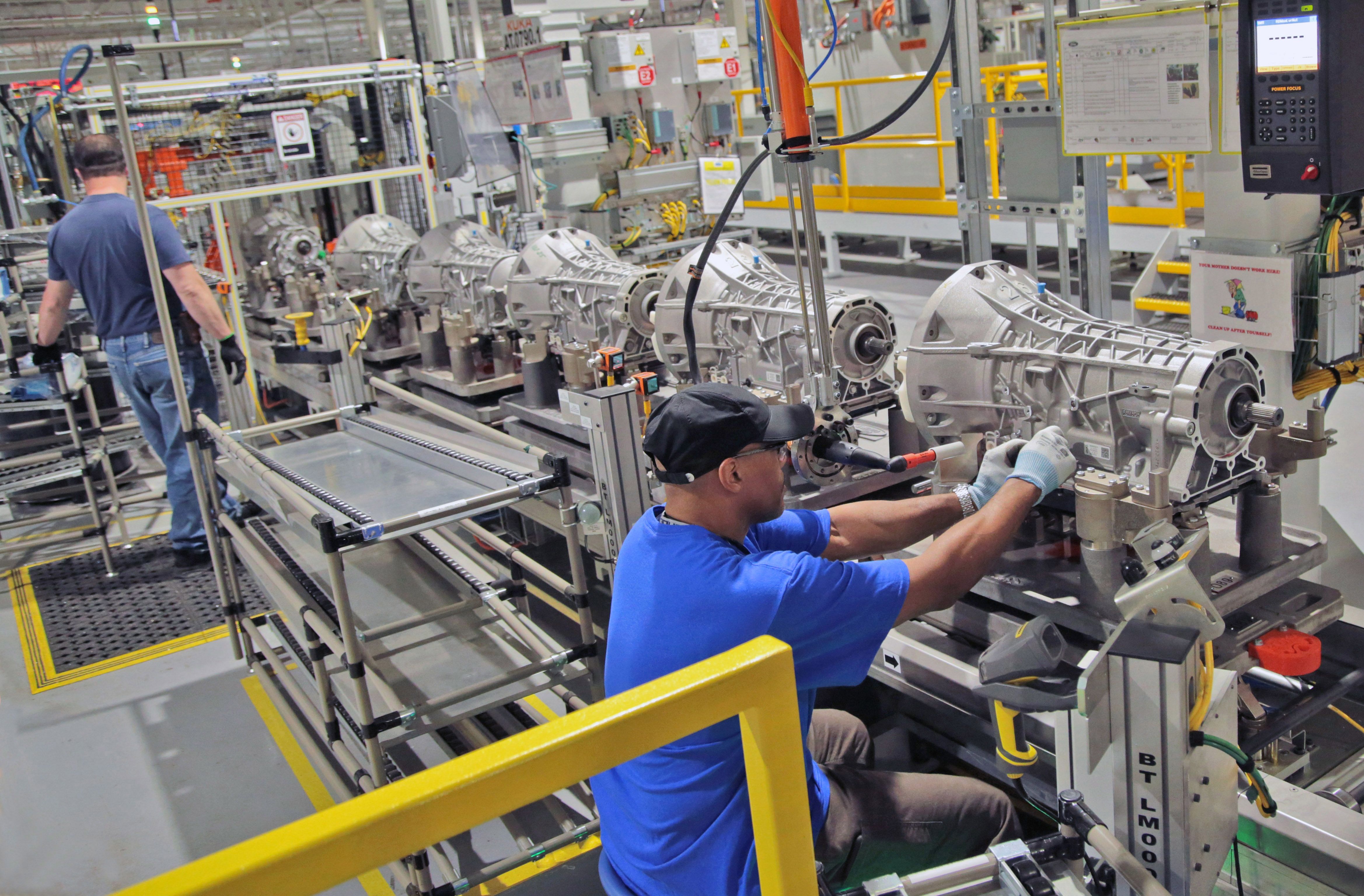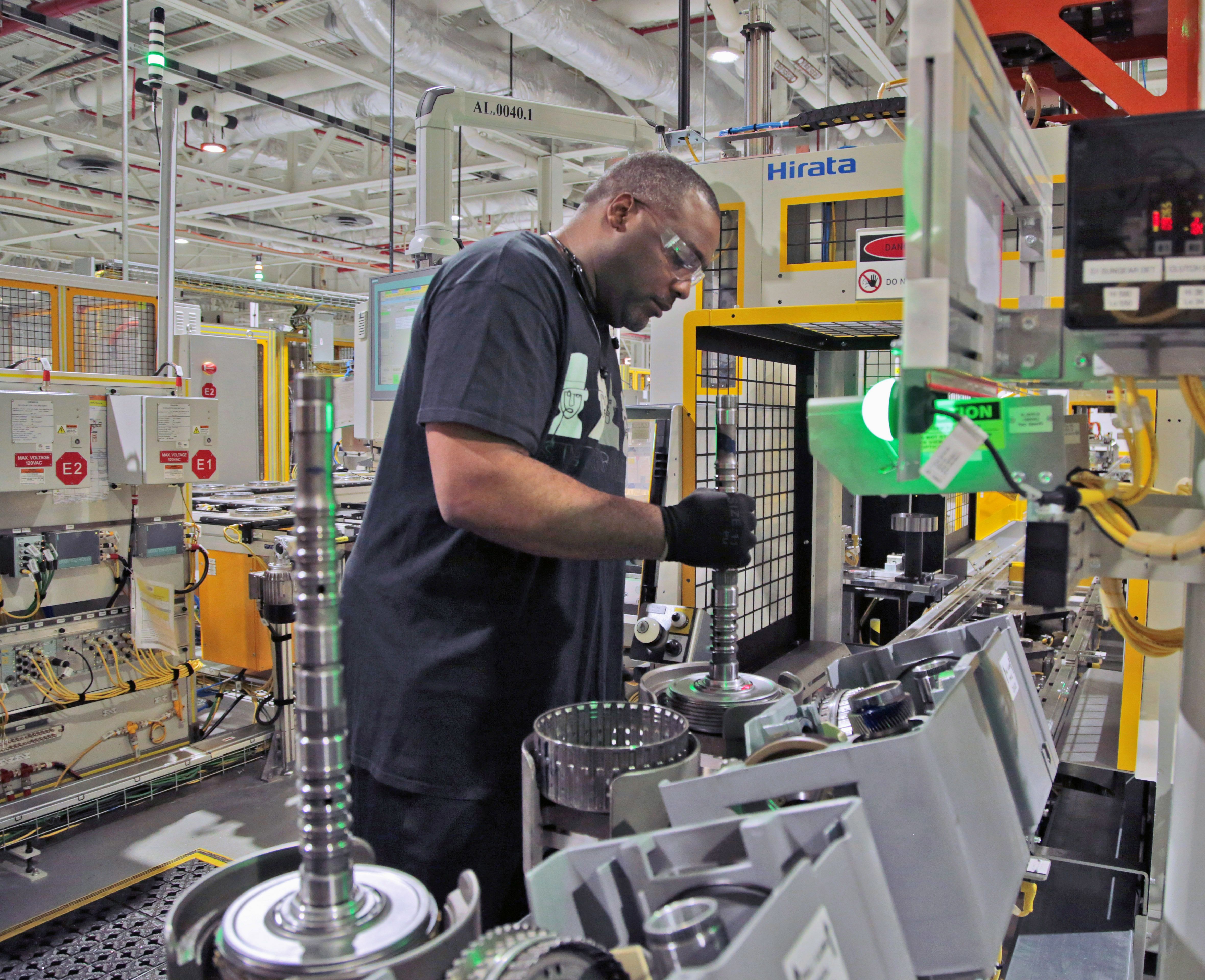Ford has announced that it will invest $350 million in its Livonia Transmission Plant, stating it intends to add a new fuel-efficient transmission to its model lineup. The investment will subsequently create or protect roughly 800 U.S. auto manufacturing jobs. The jobs will be added later this year, with the bulk added in 2018 through 2019. The Livonia Transmission Plant investment is part of Ford’s ongoing plan to bolster its various U.S.-based production facilities. Over the past four months, Ford has invested $2.25 billion in Michigan alone, with $12 billion invested across the U.S. over the past half decade.
“Even as the industry’s largest employer of hourly workers in the United States and biggest producer of American-made vehicles, we believe it is important to continue investing right here in our home market,” said Joe Hinrichs, Ford president, The Americas. But what are the details on this new transmission, and what can we expect when it comes to these new jobs?
Continue reading for the full story.
Why It Matters
What’s Up With This New Transmission?
Ford didn’t go into detail with regards to the upcoming transmission it has planned, but did mention that it was intended for fuel-efficient vehicles utilizing a FWD platform. Ford also said the new gearbox shares the same software, design, and manufacturing processes as the recently added 10-speed automatic currently in use on the F-150 and F-150 Raptor, which is also built at the Livonia Plant. Further manufacturing at the Livonia facility includes Ford’s six-speed gearbox, with support for the Mustang, Transit, and Expedition model lines.
Any Details On These New Jobs?

|

|

|
Clearly, Ford is eager to boast about its commitment to building vehicles in the U.S., a topic that’s been at the forefront of the industry ever since President Trump ramped up his rhetoric about punishing companies for moving jobs overseas. This latest Livonia investment is part of Ford’s recent string of investments in U.S. production facilities, but it’s looking like the announcement might be a bit sugarcoated.
According to our friends over at Autoblog, who spoke with an unidentified Ford representative, the bulk of the jobs will go to existing Ford employees, which means the number of new jobs will be substantially less than the 800 positions announced in this press release. And while it would be great if Ford were creating additional opportunities for American auto workers, the value of protecting existing jobs shouldn’t be underestimated.

